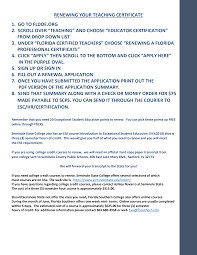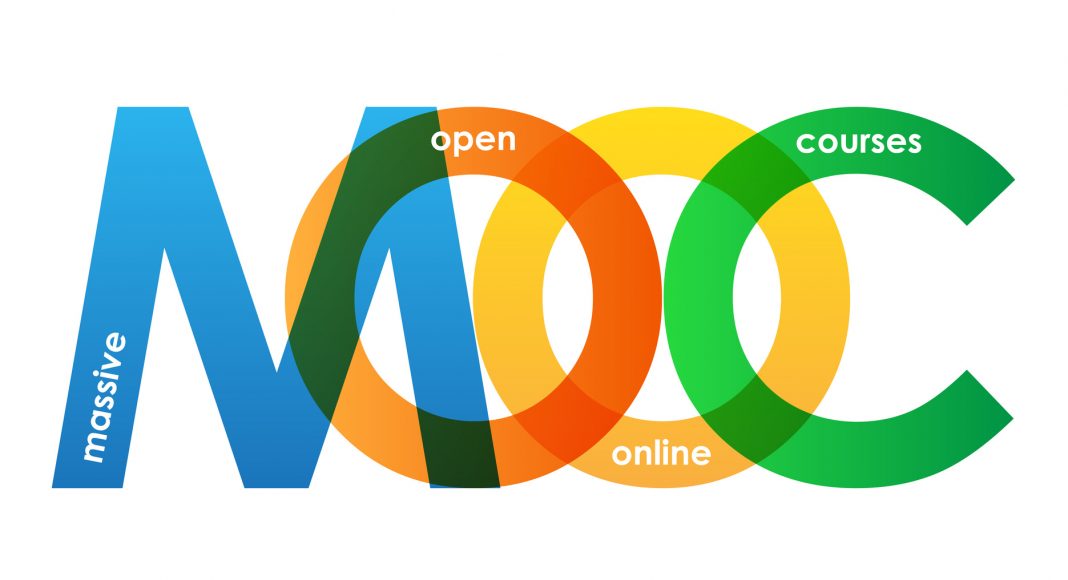
Penalty kicks in association football are used to restart play. They allow one goal to be scored by a player, while the other goalkeeper defends it. The kick is awarded to any player who commits an offence which would normally result directly in a free kick. Two of the four penalty kicks saved by goalkeepers in the 2010 World Cup.
Robert Lewandowski is one of the best penalty takers
Bayern Munich striker Robert Lewandowski is one of the most skilled penalty takers. He has never missed a penalty in three years and has a 92% conversion rate. But, it is not as simple as walking up to the penalty spot and hoping for good luck. It takes a bit of practice and a lot of skill to convert a spot kick.
The Polish superstar started his career with Borussia Dortmund before moving to Bayern Munich. He is the 2nd-highest penalty-taker in history with 308. Goals and 39 penalties in Bundesliga. He has won numerous league titles with his clubs as well as many domestic cup honours. He has won twice the Champions League.

Max Kruse is one of the best penalty shooters
Max Kruse, a professional German soccer player. Max plays for VfL Wolfsburg, a Bundesliga club. He is also part of the German national football team. Max is often called the "mad Max" of soccer, and is also known as a magician. Max is the league's best penalty kicker.
Max Kruse was a Wolfsburg forward last season. He scored nine goals and had 12 assists in all competitions. After a decade with Werder Bremen, the German forward returned to the Bundesliga. Kruse made his Bundesliga debut in 2006. In 91 games, he scored 35 goals and assisted 31 times.
Before taking a penalty shot, goalkeepers glance at a piece.
The psychological explanation of the goalkeeper’s posture before taking on a penalty kick is that it has an emotional component. This is similar to the optical illusion where a person perceives the target as smaller than it really is. This causes the footballer to perceive his target as smaller than it actually is, which can have an adverse effect on his performance.
Goalkeepers use their instincts before taking a penalty kick to judge where the striker is going to place it in the goal. They are looking for certain signs and patterns that give away where the kick will go. However, it can be hard to accurately judge strikers intentions quickly.

During a penalty kicked, the goalkeeper must keep between two goal posts
Football referees must maintain a distance between the goal posts and their feet when taking penalties. This is required by Law 14 of the Interpretation and Laws of Football and Guidelines for Referees. The referee must first check that the goalkeeper is on the goal line before the kick can proceed. The penalty kick is forfeited if the referee finds that the goalkeeper has not complied with the rule.
Penalty kicks may be used when a team is found guilty of a foul within the penalty area. The penalty is awarded to the attacking team. The penalties are often controversial. However, penalty kicks are now much more straightforward under the new rules. The new rule stipulates that goalkeepers must be kept between the two goal posts during penalty kicks. This rule is in place to prevent goalkeepers' rushing ahead during a spot kick. This could give away unfair advantage to the opposing team.
FAQ
What is the difference between college and university?
A university can be described as an academic institution that offers higher education. It offers courses in various areas, both undergraduate and postgraduate.
A college is generally smaller and less respected than a university. While it may offer fewer programs, many colleges have their own specialist departments.
Homeschooling is for everyone.
Anyone can homeschool. There are no requirements for specific qualifications.
It is possible for parents to teach their children after they have finished high school. Many parents opt to teach their older children at college.
Parents who have received less formal education can still teach their children.
Parents can become certified teachers after completing certain requirements. These requirements vary by state.
Some states require homeschooled student to take a test in order to graduate. Others do not.
Parents who wish to homeschool must register their family with the local school district.
This involves filling out paperwork that is then submitted to the school board.
After registration, parents can enroll their children at public or private schools.
Some states permit parents to homeschool their children without having them registered with the government.
If you live within one of these states, it is your responsibility to ensure that your children fulfill the state's mandatory attendance law.
What are the different types of early childhood education?
There are many ways that early childhood education can be described. These are the most popular:
-
Preschool - Children ages 2 to 5
-
PreKindergarten for children aged 4-6
-
Head Start/ Headstart - Children ages 0 to 3
-
Day Care/Daycares - Children from 0-5 Years
-
Child Care Centers for Children from 0-18
-
Family Child Care - Children ages 0 to 12
-
Home schooling - Children aged KG to 16.
Statistics
- “Children of homeowners are 116% more likely to graduate from college than children of renters of the same age, race, and income. (habitatbroward.org)
- They are more likely to graduate high school (25%) and finish college (116%). (habitatbroward.org)
- In most developed countries, a high proportion of the population (up to 50%) now enters higher education at some time in their lives. (en.wikipedia.org)
- Data from the Department of Education reveal that, among 2008 college graduates, 92.8 percent of humanities majors have voted at least once since finishing school. (bostonreview.net)
- Globally, in 2008, around 89% of children aged six to twelve were enrolled in primary education, and this proportion was rising. (en.wikipedia.org)
External Links
How To
How do I apply for scholarships?
First, you must ensure you meet the eligibility requirements to apply for scholarships. The criteria that you must meet to qualify for a scholarship are listed below.
You may also be eligible for a grant if your family is financially poor. If you are studying a vocational training program, you can qualify for a grant to help pay your bills. And you can receive a grant because you are a member of a minority group.
Once you have decided if you are eligible, you can begin applying.
You can apply online or in person. The application process varies depending on the type of scholarship.
You may be required to write essays on yourself and the reasons you are applying for scholarships. Some scholarships require you to write essays about yourself and why you want the money.
You must fill out an application for scholarships and attach supporting materials.
Your scholarship provider will examine the information that you submit. If you are chosen, you will receive an email or postal notification.
You may still be eligible for another scholarship even if you aren't selected. Contact your scholarship provider for details.